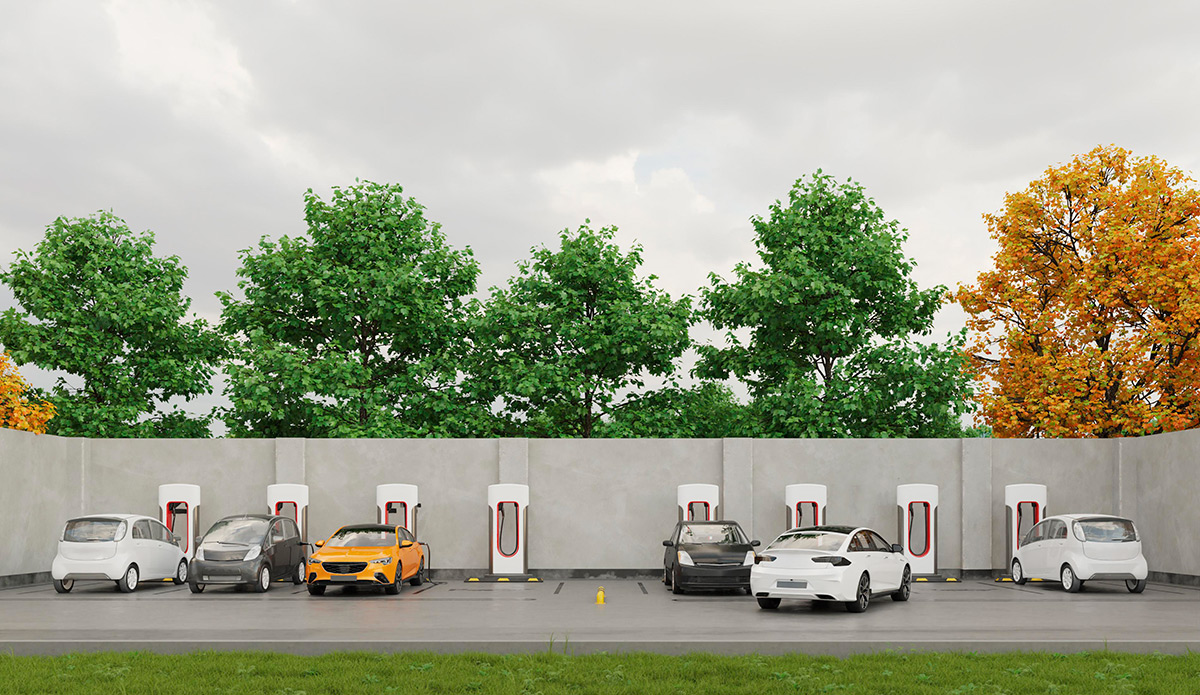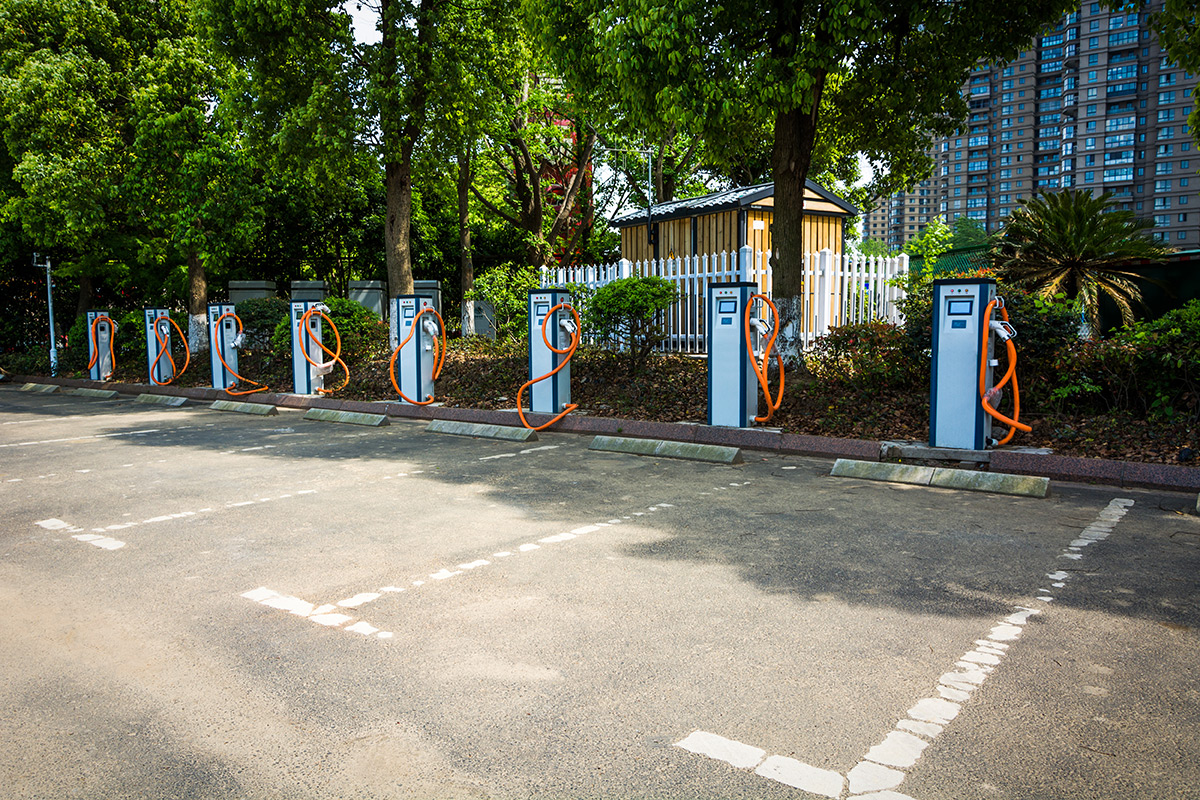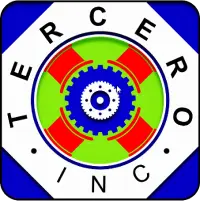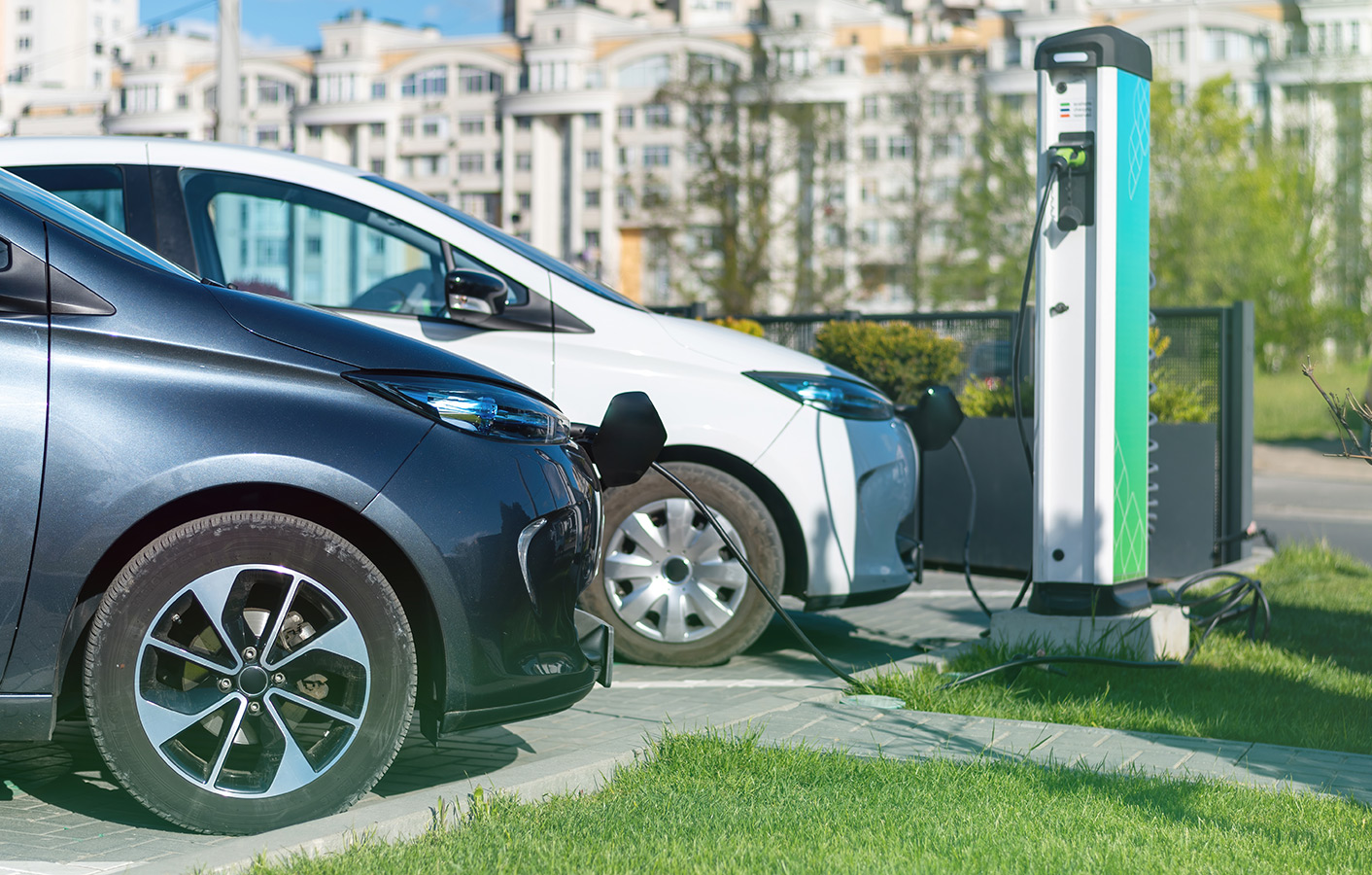Summary
The growing demand for EV chargers in LA’s multi-unit buildings poses a challenge (And opportunity!) to property owners and building managers. This article helps you navigate the complex realities of EV charging installation at MUDs.
Table of Contents
Introduction
More than 50% of California residents live in multi-unit dwellings (MUDs). This is as Los Angeles grapples with the challenge of sustainable transportation and providing adequate EV charging infrastructures to cater to the more than 50,000 electric vehicles (EVs) on the road.
Providing accessible EV charging infrastructure to multi unit housing is complicated, expensive, and plagued with logistical, technical, and financial challenges. Installing EV chargers requires property owners to overcome complex rules, antiquated building codes, and costly upfront installation expenses.
Even if the disadvantages outweigh the benefits, a professional EV charging contractor, such as Tercero Inc., can guide you through the common challenges of installing charging stations in multi-unit buildings, provide solutions to those challenges, and assist you in locating funding incentives for your project.
The Growing Demand for EV Charging in Multi-Unit Dwellings
EV registrations in LA County have grown by more than 50% in the past two years, and there are now over 50,000 electric vehicles on the road. The growing adoption of EVs coincides with the increasing demand for charging infrastructure in multi-unit buildings and public spaces.
70% of Los Angeles electric vehicle (EV) owners live in multi-unit dwellings, while only 18% of those buildings have access to public EV chargers. And 40% say they will probably consider buying an electric vehicle (EV) in the next five years.
While data shows that urban inhabitants are increasingly adopting EV technology, most apartment dwellers face a significant hurdle due to a lack of accessible charging facilities in their living areas. Unlike single-family homes with personal garages and designated parking places, multi-unit apartments sometimes lack the requisite infrastructure for EV charging.
Some of these barriers are frequently observed in existing apartment complexes, where restricted parking spots, obsolete building codes, and electrical infrastructures contribute to higher initial installation costs, effectively inhibiting the installation of EV chargers.
Common Challenges in Installing EV Charging Stations in Apartments and Condos

The common challenges in installing EV charging stations in multi-unit dwellings in Los Angeles are:
1. Space Limitations
The limited parking and charging space is the most significant challenge to installing EV chargers at condos.
- Limited Parking: While space in MUDs is always maximized, finding physical space for EV chargers can be difficult because of limited square footage, the existing parking layout, and competing usage from other vehicles. Many multi-unit homes have assigned parking, making charging difficult. Property owners will have to install chargers at each parking space, which can be very expensive and with little or no guaranteed returns.
- Shared Parking Spots: Property owners and managers can optimize usage and reduce costs by installing chargers at shared parking spots. However, chargers on a first-come, first-served basis are less reliable and can lead to charger access conflicts.
2. Infrastructure Costs
Existing multi-unit buildings pose particular infrastructural issues when installing EV chargers.
- High Installation Costs: Older buildings may require major electrical modifications, including extra wiring and trenching, to accommodate the increased load and complex EV charging requirements. Installing EV chargers in existing buildings may also result in building code requirements unrelated to EV charging, raising the installation cost.
- Ongoing Maintenance: Property owners generally see little to no return on their EV charging expenses but must keep up with repair costs and maintenance schedules. Another barrier for building managers is the high cost of operating EV chargers compared to the low returns on investment.
3. Legal and Regulatory Hurdles
- Homeowners Associations (HOAs): HOA restrictions or bylaws can make it difficult to install EV chargers in multi-unit buildings by prohibiting or restricting exterior changes to buildings or common areas, limiting access to common areas or shared parking spaces, requiring lengthy approval processes from HOA boards, and imposing additional fees or assessments for EV charging installations.
- Permitting Issues: Navigating the local regulations and permits needed to install EV chargers in multi-unit buildings can be difficult due to complex regulatory procedures, ambiguous or conflicting regulations, plan check and approval requirements, and inspections and testing. Some specific LA regulations and permits that you need to be aware of include:
- Los Angeles Department of Building and Safety (LADBS) permits
- Los Angeles Department of Transportation (LADOT) permits
- California Energy Commission (CEC) guidelines
- Local building codes and zoning regulations.
Solutions for Overcoming EV Charging Challenges in Multi-Unit Dwellings
1. Installing Shared Charging Stations
- Community Chargers: Multiple residents can share the same charging stations. These chargers can be installed in central locations like a parking garage or common area. Residents can reserve or access the charger on a rotational basis. Community chargers can be managed through a scheduling system or mobile app to which everyone has access.
- Pay-Per-Use Models: In pay-per-use charging models, residents pay only for the electricity they use, reducing the building owner’s costs. These fees can be based on the energy consumed or a flat rate per charging session. This model also provides a revenue stream for the building owner or property manager.
2. Implementing Smart Charging Systems
- Smart Chargers: Smart chargers employ advanced technology to manage the simultaneous charging of many electric cars (EVs). They improve energy efficiency by spreading charging durations and rates. They also avoid electrical overload in the building and can be integrated with building energy management systems (BEMS). Smart chargers allow remote monitoring and control and support various charging types, including level 2 chargers and DC Fast charging.
- Load Management: These tools allow property managers to control energy consumption. They enable you to avoid peak electricity pricing by shifting the charging times and optimizing energy usage based on the building’s demand and renewable energy availability.
3. Partnerships with EV Charging Providers
- Third-Party Providers: Companies specializing in EV charging solutions, such as Tercero Inc., can handle charger installation, maintenance, and monitoring. While building owners provide the infrastructure and space required for implementation. This collaboration will decrease upfront expenses for building owners while also providing expertise and support from seasoned vendors.
- Leasing Agreements: EV companies can install and maintain chargers in exchange for a portion of the revenue generated from usage fees. Building owners will gain from lower installation and maintenance expenses, while the provider will profit from money produced by charging sessions.
Funding and Incentives for Multi-Unit EV Charging Stations in Los Angeles
1. State and Local Incentives
- California Electric Vehicle Infrastructural Project (CALeVIP): This program provides rebates of up to $70,000 per DC Fast Charging station serving low-income communities and up to $80,000 for stations that meet specific criteria and offer 150kW or more.
- California Energy Commission’s (CEC) Electric Vehicle Supply Equipment (EVSE) Financing Program: This initiative provides low-interest loans for EVSE installations, such as DC Fast Charging stations. The loan can cover up to 100% of the installation costs, with repayment periods ranging from three to seven years.
- Charge Ready Program: This program provides rebates for installing EV charging infrastructures at commercial, industrial, and public locations. The program offers rebates up to 100% of eligible costs of installing EV chargers and also provides technical assistance to applicants.
- Clean Vehicle Rebate Project (CVRP): Eligible applicants can receive up to $70,000 or 50% of the installation costs of EV charging infrastructures, including level 2 and DCFC stations.
2. Federal Tax Credits
The Federal Government offers a tax credit of up to 30% per charger for commercial projects, including multi-unit dwellings (MUDs), to install electric vehicle (EV) chargers. The credit is capped at $100,000 per charger.
3. Utility Programs
- Los Angeles Department of Water and Power (LADWP) rebate program: LADWP offers rebates for installing Level 2 and DC fast charging stations. It can cover up to 100% of the installation costs, up to a maximum of $500 per Level 2 charging port, and up to $4,000 per DC fast charging port.
- The Pacific Gas & Electric (PG&E) DCFC Program: Eligible applicants can get a rebate of up to 50% of the purchase and installation cost for a publicly accessible DCFC, up to a maximum of $50,000 per DCFC.
- Santa Barbara Air Pollution Control District: The program offers grants of $10,000 to $250,000 to procure and install Level 2 or DCFC stations at publicly accessible locations.
Case Studies: Successful EV Charging Solutions in LA’s Multi-Unit Complexes

Tackling the EV charging challenge at LA’s multi-unit complexes is prohibitively expensive and a technical issue, but it can still be done. Several LA towns have collaborated to provide EV charging alternatives to citizens. For example, the Village of Sherman Oaks set up 20 Level 2 charging stations with a usage-based payment system, resulting in a 50% increase in EV adoption. The Getty Apartments also incorporated a smart charging system, which improved energy efficiency and reduced peak demand by 30%. The Century Towers installed ten Level 2 chargers on a revenue-sharing basis, producing income for the building.
The success of these buildings demonstrates the importance of collaboration when deploying EV charging options in multi-unit complexes. Working closely with homeowners, property managers, and utilities ensures a smooth installation and implementation.
Choosing the right equipment is also crucial because it must satisfy the unique requirements of your people and property. Offering flexible price alternatives, such as usage-based invoicing or revenue-sharing models, can encourage residents to embrace electric vehicles (EVs).
Benefits for Property Owners and Tenants
1. Increased property value
Properties with EV charging stations may appeal to a wider range of potential buyers and renters, including those who already own an EV or plan to purchase one. Due to the additional facility on the property, your properties will command a higher value or rent charge.
2. Attracting eco-conscious tenants
EV charging stations are a highly sought-after amenity for eco-conscious and tech-savvy residents. Charging stations on your property will attract like-minded people, raising its reputation and value.
3. Reducing environmental impact
EV charging stations demonstrate a commitment to sustainability, which can enhance the property’s reputation and appeal to environmentally conscious residents.
Conclusion
The cost of purchasing and installing EV chargers in multi-unit dwellings is sometimes more than its benefits. But with some creative thinking, forward-thinking planning, and a knowledgeable EV charging contractor, you can easily navigate the barriers and emerge with a highly successful investment. Contact Tercero Inc. for personalized solutions for EV charging installations in multi-unit buildings.
Frequently Asked Questions (FAQs)
The cost of installing an EV charger in an apartment or condo can vary widely, but it generally ranges between $1,500 and $15,000 for level 2 chargers and much more for level 3 chargers.
Yes, there are many incentives for public charger installations in multi-unit buildings. Some are LADWP rebates, federal tax credits, state and local incentives, etc.
Yes, renters can request an EV charging station in their apartment complex. However, such projects usually require the approval of the landlord or building manager.
Property owners can manage the costs of maintaining EV chargers by charging for the amenities or partnering with EV charging providers like Tercero Inc.
Shared stations are the most cost-effective solution for multi-unit buildings. While assigned chargers are convenient, they are cost-prohibitive and require more complex wiring processes.

